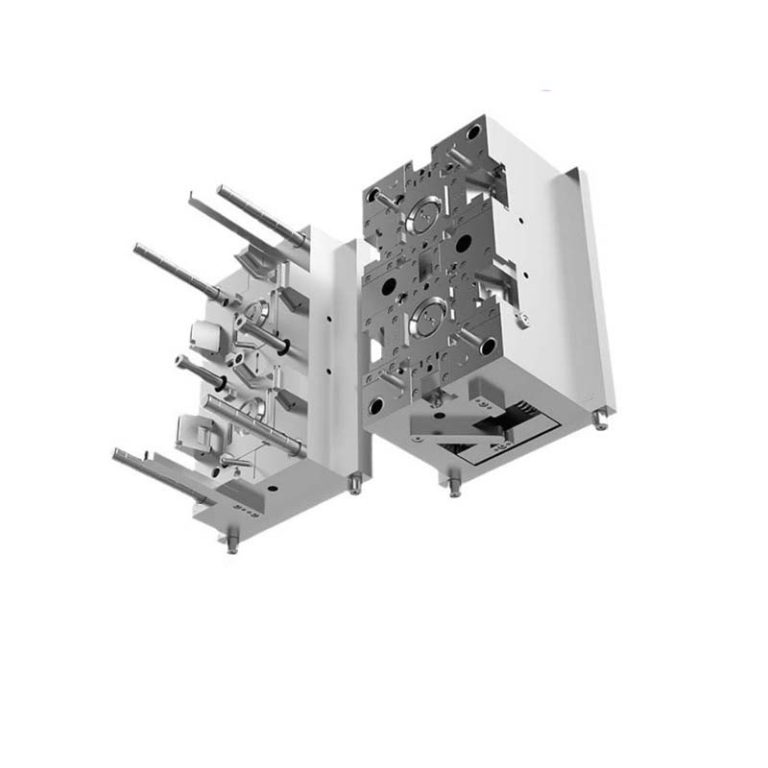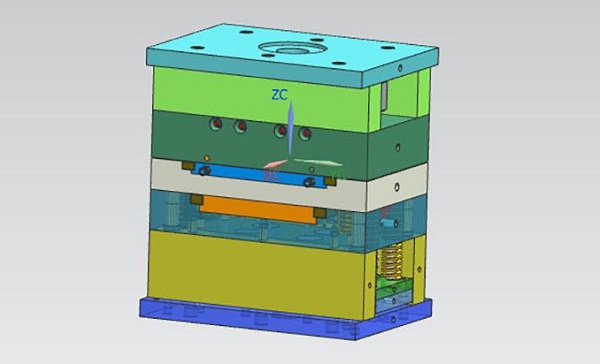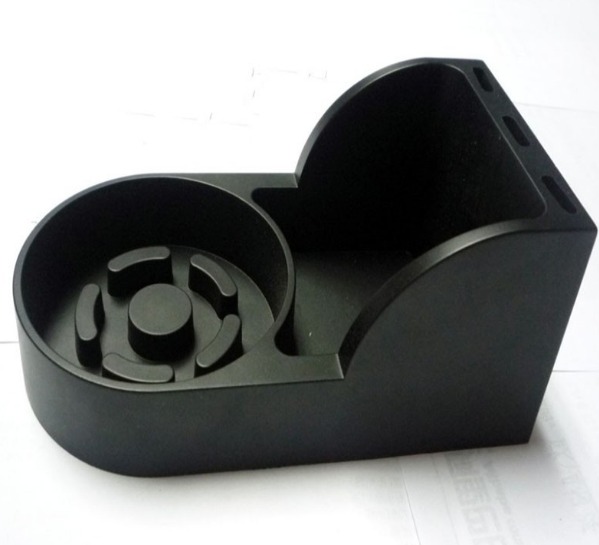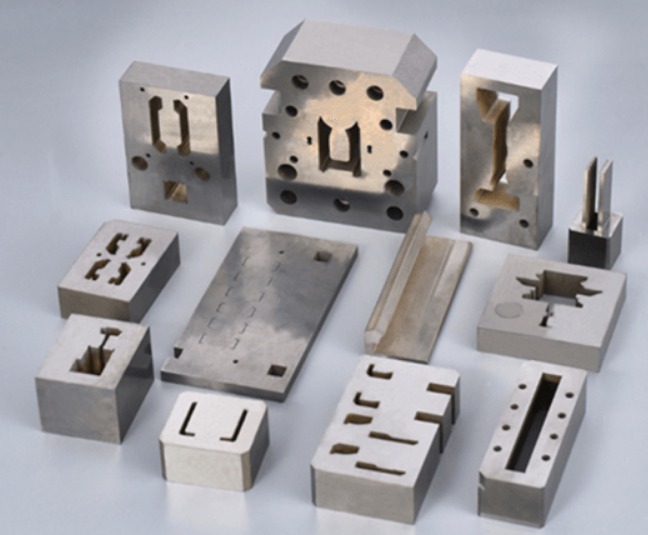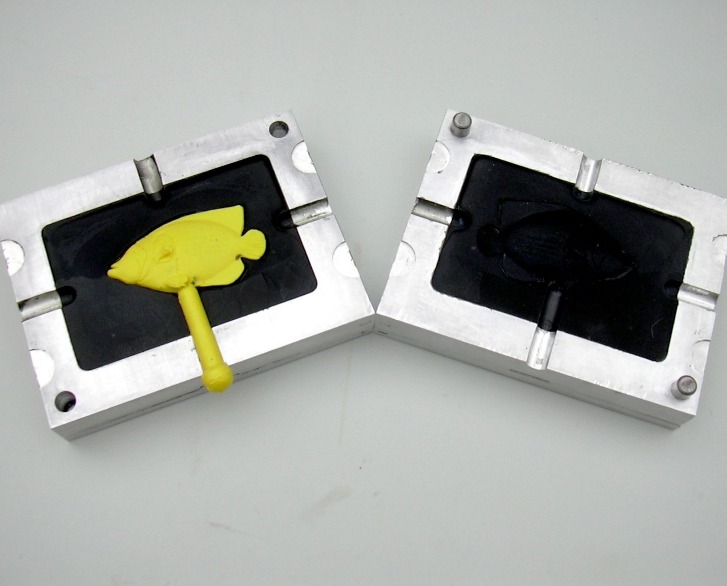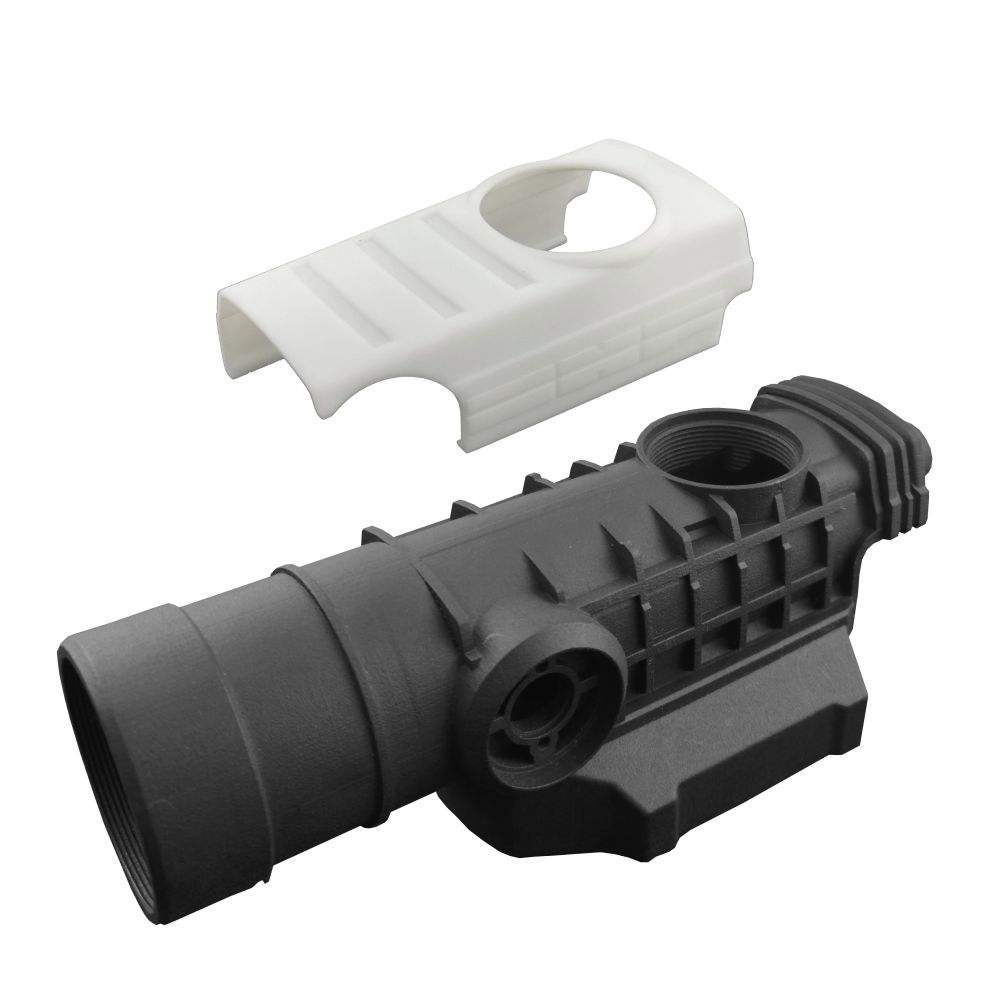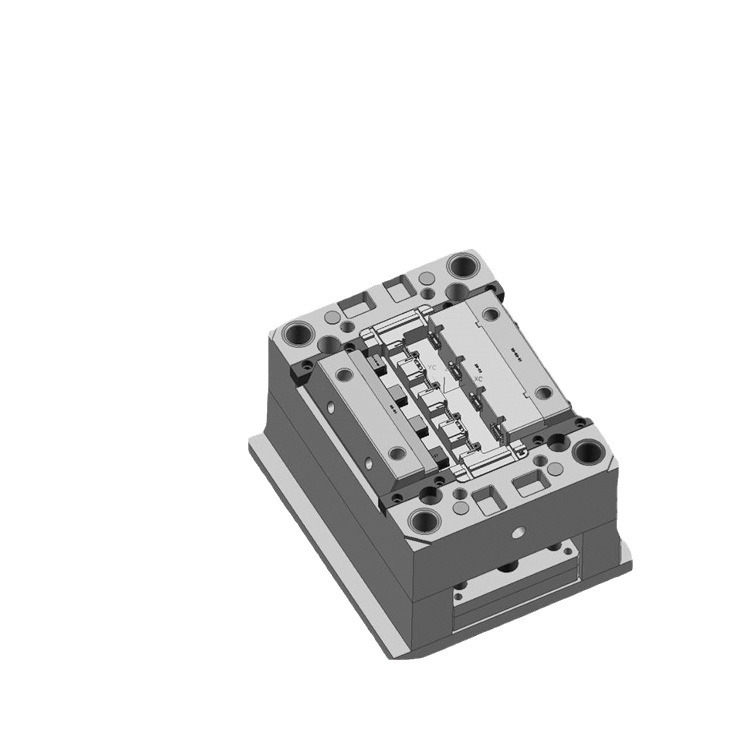Understanding Injection Molds
Definition and Basics
An injection mold is a crucial tool in the manufacturing industry, especially for the production of plastic parts. It is a specialized mold used in the injection molding process, where molten plastic is injected into a cavity under high pressure. Once the plastic cools and solidifies, it takes on the shape of the cavity, resulting in the desired product. This process is highly efficient and suitable for mass production, making it a popular choice for manufacturing a wide range of plastic products, from small components to large automotive parts.
The injection molding process begins with the preparation of the plastic material. The plastic pellets are fed into a hopper and then into a heated barrel, where they are melted. The molten plastic is then forced through a nozzle and into the injection mold cavity. The mold is typically made of two halves, the stationary half (also known as the cavity side) and the moving half (the core side). When the mold is closed, the cavity is formed between these two halves. After the plastic has filled the cavity, it is allowed to cool and solidify. Once solid, the mold opens, and the finished part is ejected.
Key Components of an Injection Mold
Injection molds consist of several key components, each with its own unique function. Here are some of the main components:
| Component | Function | Characteristics |
| Cavity | Determines the outer shape of the molded part. | Can be integral (more rigid, suitable for high - pressure molding) or combined (easier to manufacture and repair for complex - shaped parts). |
| Core | Forms the internal features of the molded part. | Can be integral, providing high - strength support, or combined for creating complex internal shapes. There are also movable cores for forming undercuts or side holes. |
| Gate | Controls the flow rate and direction of the molten plastic into the cavity. | Different types exist, such as side gates (common for simple - shaped parts), point gates (suitable for high - precision and small - sized parts), and submarine gates (able to automatically cut off the runner from the part during ejection). |
| Runner | Distributes the molten plastic evenly to each cavity. | Circular runners have low pressure - drop and are suitable for large - scale molds, while trapezoidal runners are easy to machine and widely used in common molds. |
| Sprue | The main passage for the molten plastic to enter the mold. | The sprue bushing, made of wear - resistant material, withstands the high - speed flow of plastic. |
| Ejection System | Ejects the finished part from the mold after it has cooled and solidified. | Comprises components like ejector pins, ejector plates, and return pins. |
| Cooling System | Facilitates the cooling of the molten plastic inside the mold. | Usually consists of cooling channels through which a coolant (such as water) flows. |
The Design Process of Injection Molds
Product Analysis
Before starting the design of an injection mold, a comprehensive product analysis is essential. This involves examining various aspects of the product, such as its dimensions, shape, and precision requirements. For example, if the product is a small electronic component, precision requirements might be extremely high, with tolerances in the range of ±0.05mm. Precise dimensions ensure that the final product can fit perfectly into its intended assembly.
The shape of the product also plays a crucial role. Complex shapes with undercuts or intricate details require more sophisticated mold designs, often involving additional components like slides or lifters. For instance, a plastic toy with multiple interlocking parts and detailed surface features will demand a carefully planned mold structure to ensure proper formation and easy 脱模. Analyzing the product's function and end - use is equally important. A product used in a high - stress mechanical application may need to be designed with stronger materials and more robust structural features compared to a decorative item.
Material Selection
The choice of materials for an injection mold depends on several factors. For the plastic being molded, different plastics have unique characteristics. Polypropylene (PP), for example, is known for its good chemical resistance, high - temperature resistance, and relatively low cost. It is often used in applications such as food containers and automotive interior components. Acrylonitrile Butadiene Styrene (ABS), on the other hand, offers a balance of strength, toughness, and good surface finish, making it suitable for products like electronic device housings.
When it comes to the mold material itself, common choices include steel and aluminum. Steel molds are highly durable and can withstand high - pressure injection processes, making them ideal for long - term, high - volume production. They are often used in the automotive and aerospace industries, where thousands or even millions of parts need to be produced. Aluminum molds, in contrast, are lighter and have better thermal conductivity, which can lead to faster cooling times. This makes them suitable for products with tight production schedules or for prototyping, as they can be produced more quickly and at a lower cost. However, they may not be as durable as steel molds for extremely high - volume production runs.
CAD/CAM/CAE Technology Application
CAD (Computer - Aided Design), CAM (Computer - Aided Manufacturing), and CAE (Computer - Aided Engineering) technologies have revolutionized the injection mold design process.
CAD allows designers to create detailed 3D models of the mold. This digital representation enables easy visualization of the mold structure, identification of potential design flaws, and quick modification of the design. For example, in a CAD environment, designers can simulate the movement of the mold components during the injection and ejection processes to ensure smooth operation. It also facilitates the sharing of design data among different teams, such as design, engineering, and manufacturing, reducing errors and improving communication.
CAM technology is used to generate the toolpaths for manufacturing the mold. By translating the CAD model into instructions for computer - controlled machine tools, CAM ensures accurate and efficient production of the mold components. This results in higher - precision parts and reduced manufacturing time. For instance, a CNC (Computer Numerical Control) milling machine guided by CAM software can produce complex mold cavities with tight tolerances, minimizing the need for manual finishing work.
CAE, particularly in the form of mold flow analysis, is used to simulate the injection molding process. It can predict how the molten plastic will flow within the mold, identify areas of potential short - shots (where the plastic does not fully fill the cavity), weld lines, and air traps. By analyzing these factors before actual production, designers can optimize the gate location, runner system, and mold cooling design. For example, CAE analysis might show that moving the gate to a different location can eliminate a weld line in a critical area of the product, improving its strength and appearance.
Assembly of Injection Molds
Preparation Before Assembly
Before assembling an injection mold, several preparatory steps are crucial. First, conduct a meticulous inspection of all mold parts. Check for any signs of damage, such as cracks in the cavity or core, bent ejector pins, or worn - out guide components. For example, a small crack in the cavity can lead to defects in the molded parts, so it's essential to identify and repair it before assembly. Use precision measuring tools like calipers and micrometers to ensure that the dimensions of each part are within the specified tolerances.
Cleanliness is also of utmost importance. Thoroughly clean all parts to remove any dirt, debris, oil, or rust. Dirt particles between mating surfaces can affect the fit and function of the mold components. For instance, if there are oil residues on the guide pins, they may cause uneven wear during the mold's operation. Use appropriate cleaning agents, such as degreasing solvents for oil removal and brushes for removing stubborn dirt.
Gather all the necessary tools for assembly, including wrenches, screwdrivers, hammers, and specialized tools like press - fit tools for inserting components. Ensure that the tools are in good condition and of the correct size. Using the wrong - sized wrench, for example, can strip the bolts and cause difficulties during the assembly process.
Assembly Steps
- Installing the Template: Begin by placing the stationary template (usually the larger of the two main plates) on a flat and stable work surface. Secure it in place using appropriate fixtures or clamps. Then, carefully position the moving template in alignment with the stationary one. The two templates are often connected by guide pillars and sleeves, which ensure accurate alignment during the mold - opening and closing operations.
- Mounting the Guide Components: Install the guide pillars on the moving template. These are typically inserted into pre - drilled holes and may be secured using screws or a press - fit method. Next, install the guide sleeves on the stationary template. The guide pillars should fit smoothly into the guide sleeves, with a small clearance to allow for easy movement. A proper fit is crucial; if the clearance is too large, the mold may not close accurately, leading to misaligned parts, while if it's too small, the movement may be restricted, causing excessive wear.
- Inserting the Forming component: Place the cavity and core components into their respective positions on the stationary and moving templates. The cavity determines the outer shape of the molded part, and the core forms the internal features. These components are usually held in place by screws or dowel pins. Ensure that they are accurately positioned and tightly secured. For example, a misaligned core can result in a part with incorrect internal dimensions.
- Installing the Ejection System: Assemble the ejection system components, such as ejector pins, ejector plates, and return pins. The ejector pins are typically inserted through holes in the moving template and the core, and are connected to the ejector plate. The return pins ensure that the ejection system returns to its original position after ejecting the molded part. Make sure that the ejector pins move freely and are not blocked by any other components.
- Connecting the Cooling System: Install the cooling channels and pipes. These are designed to circulate coolant (usually water) through the mold to cool the molten plastic quickly and evenly. Connect the inlet and outlet pipes securely and check for any leaks. A well - designed cooling system can significantly reduce the cycle time of the injection molding process and improve the quality of the molded parts.
Quality Control During Assembly
Quality control during the assembly of an injection mold is essential to ensure the production of high - quality parts. Regularly check the dimensional accuracy of the assembled components. Use precision measuring instruments to verify that the distances between critical features, such as the distance between the cavity and the core, are within the specified tolerances. For example, if the distance between the cavity and the core is off by more than ±0.1mm in a precision - molded part, it can lead to parts with inconsistent wall thicknesses.
Inspect the fit and clearance between mating parts. The guide pillars and sleeves should have a proper sliding fit, with a clearance typically in the range of 0.02 - 0.05mm for general - purpose molds. Check the fit of the cavity and core components; they should fit tightly together to prevent plastic leakage during the injection process. Use feeler gauges to measure the clearance between parts. If the clearance between the mold plates is too large, it can cause flash (excess plastic around the edges of the part).
Verify the functionality of moving components, such as the ejection system and the slide mechanisms (if any). Manually operate these components to ensure that they move smoothly and perform their intended functions. For the ejection system, check that the ejector pins can push the molded part out of the mold without causing damage to the part or the mold.
Yigu Technology's Perspective
As a non - standard plastic metal products custom Supplier, Yigu Technology deeply understands the significance of well - designed and assembled injection molds. With years of experience in the field, we have mastered the art of creating molds that meet the diverse needs of our clients.
Our technical team is proficient in using advanced design software, ensuring that every mold design is optimized for functionality and efficiency. We take into account all the factors mentioned above, from product analysis to material selection, to create molds that can produce high - quality parts with tight tolerances.
In terms of assembly, our strict quality control process ensures that each mold is assembled to perfection. We use high - quality components and follow industry - best practices to guarantee the durability and reliability of our injection molds. Our after - sales service is also top - notch, providing prompt support to our clients in case of any issues. Whether it's mold maintenance, repair, or customization, Yigu Technology is committed to delivering solutions that exceed customer expectations.
